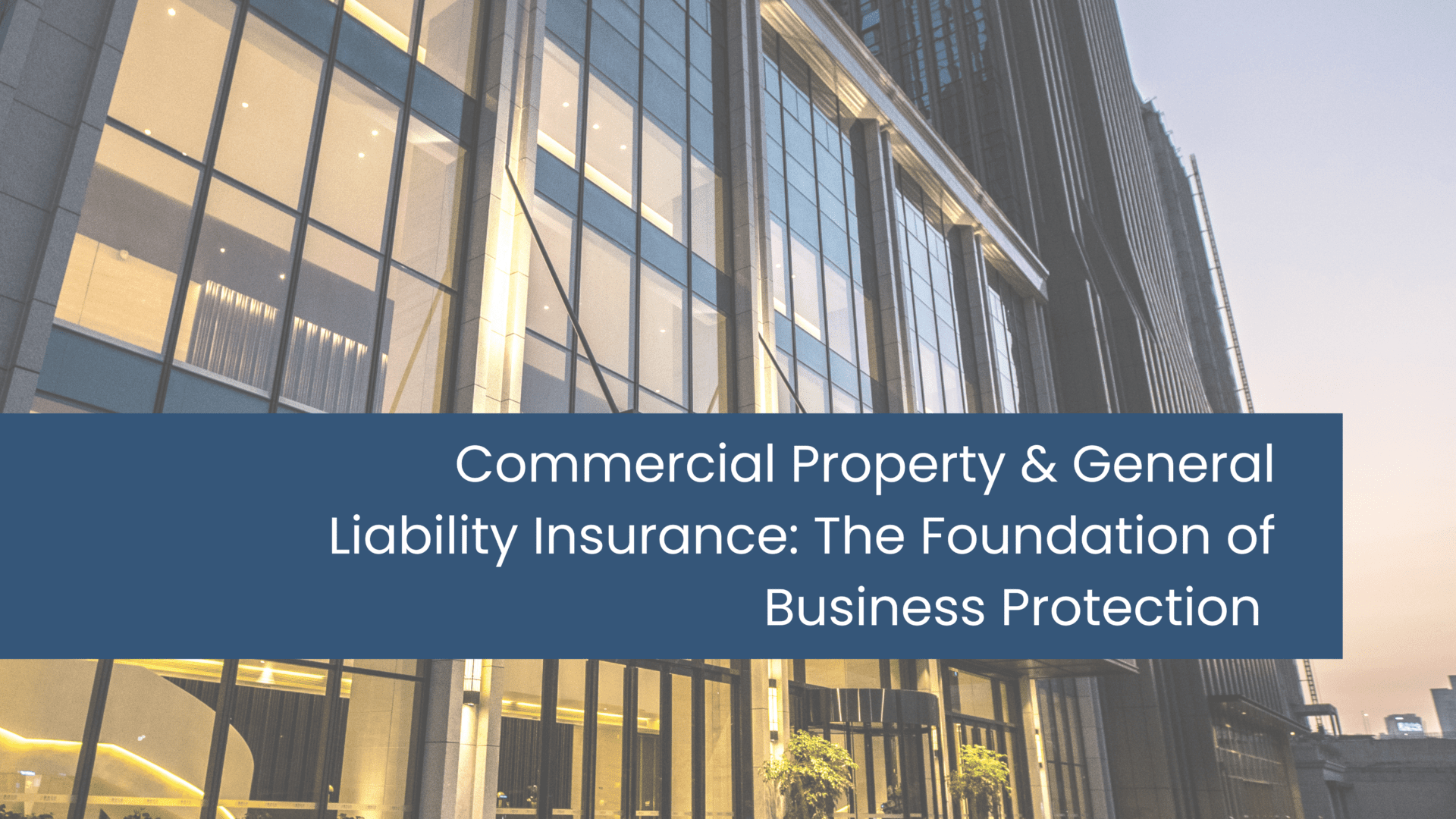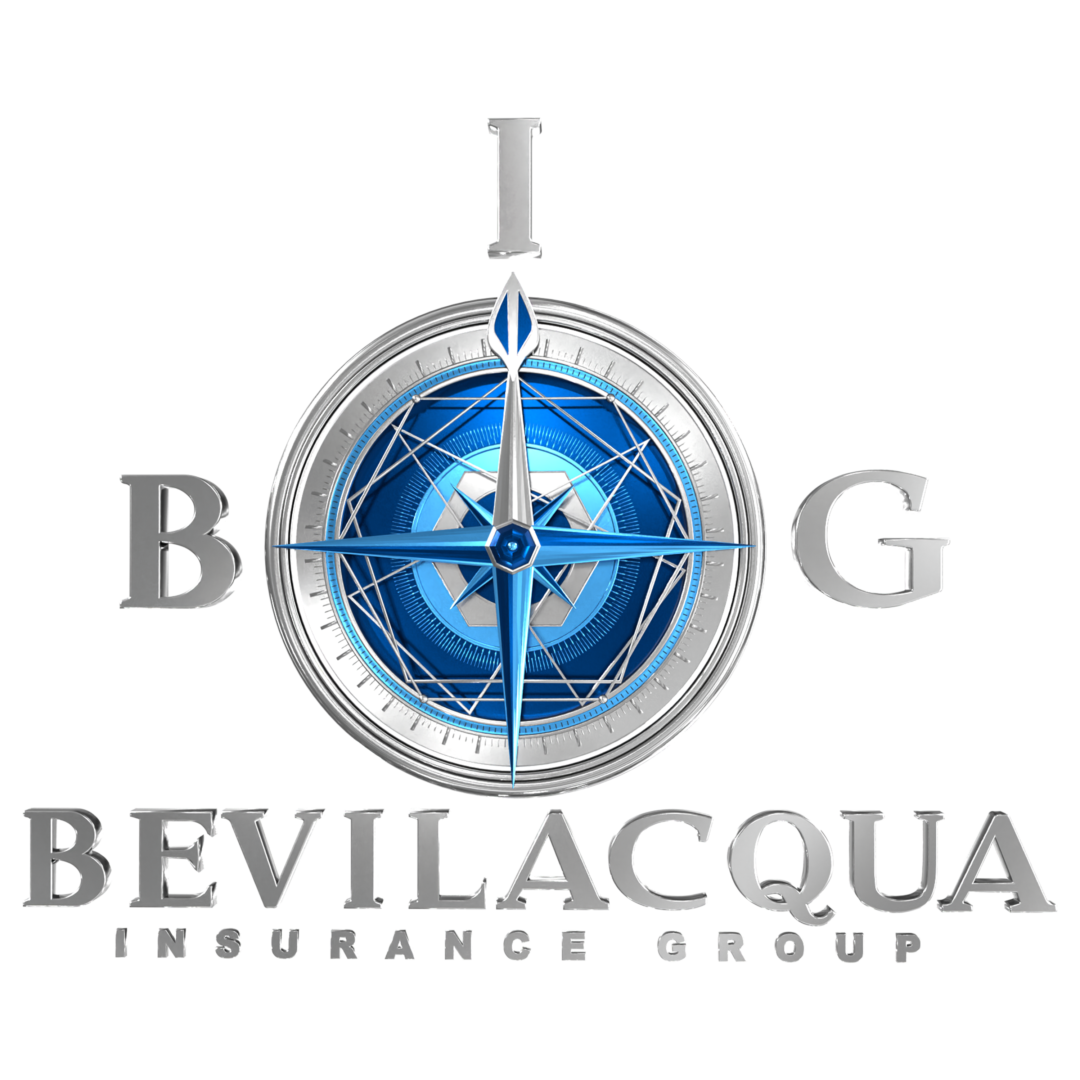Understanding Commercial Property & General Liability Insurance: The Foundation of Business Protection

All businesses, big or small, face risks that can potentially lead to major financial losses. In this article, we will discuss two of the most critical types of coverage that form the foundation of an ideal insurance strategy: Commercial Property Insurance and General Liability Insurance – what they cover, common exclusions, and why combining and customizing your coverage is crucial to protect your business.
While we usually have separate types of policies for each risk, these two policies work together to protect your physical assets and your business from third-party claims. Here’s what they typically cover:
Commercial Property Insurance
This type of insurance is designed to protect the physical components of your business, including:
- Buildings and structures – covering your premises and any damage that may be done to them.
- Business personal property – including your laptops, equipment, or inventory.
- Fixtures and fittings.
- Business interruption (lost income due to damage).
- Extra expense to keep operations ongoing.
General Liability Insurance
The main focus of this type of insurance is on third-party claims. Therefore, it is an essential form of coverage for businesses that interact with customers, vendors, or the public. It typically includes:
- Bodily injury to non-employees
- Property damage to others
- Personal and advertising injury (e.g., libel or slander)
- Legal defense costs
- Medical payments for accidents on your premises
As discussed in our other articles explaining different types of coverage, each policy has its exclusions – meaning, things that they do not cover. In the case of a General Liability or Commercial Property, the following are the exclusions from the policy:
- Intentional harm or fraud.
- Professional service errors – separate E&O policy coverage is required.
- Injuries to employees – separate workers’ comp policy coverage is required.
- Environmental or pollution claims – special policy required.
- Auto-related incidents – commercial auto policy required.
- Natural disasters like earthquakes or floods – separate policies.
As you can see, a single policy cannot cover every single risk. Which is why it’s crucial to have a layered, tailored approach to coverage. Commercial property and general liability are often your first line of defense; however, pairing them with additional policies like cyber, professional liability, or workers’ comp ensures you’re fully protected from all angles.
As your business involves, so should your insurance, as with growth, come risks. If you are unsure whether your current policies are adequate for your current operations or not, we’re here to help. Understanding your coverage and its limits is the first step to building lasting financial protection. Let’s ensure your foundation is stronger than your vision.

